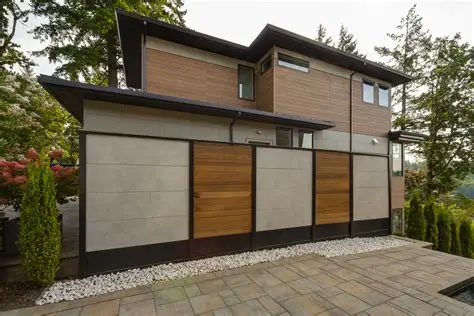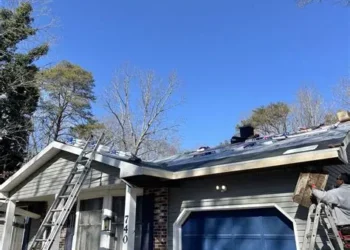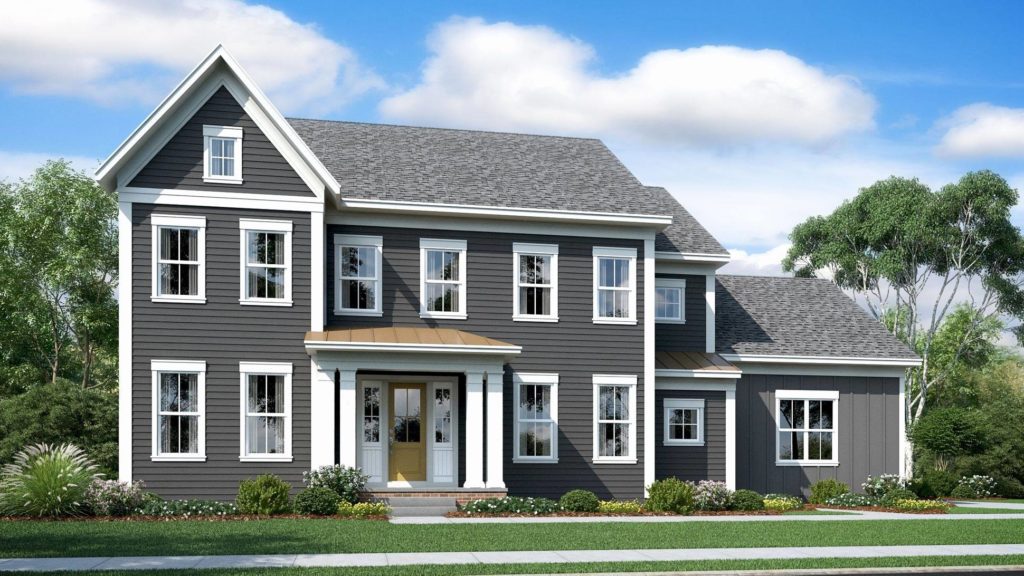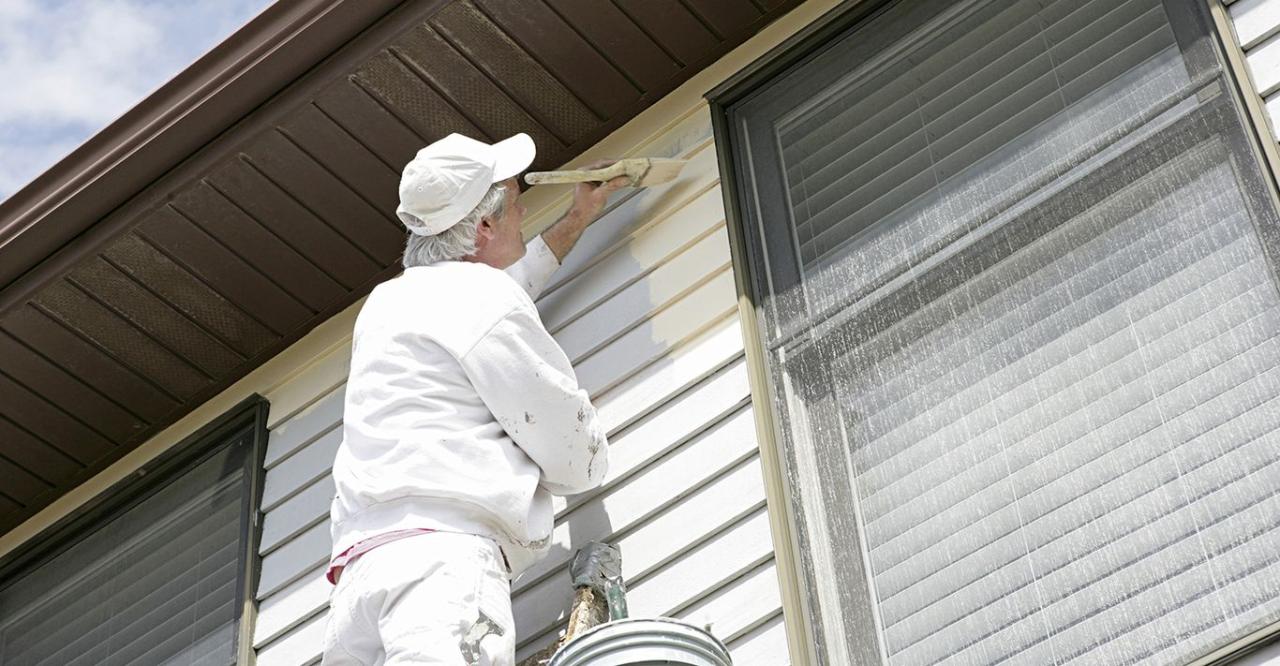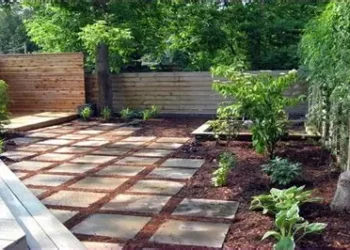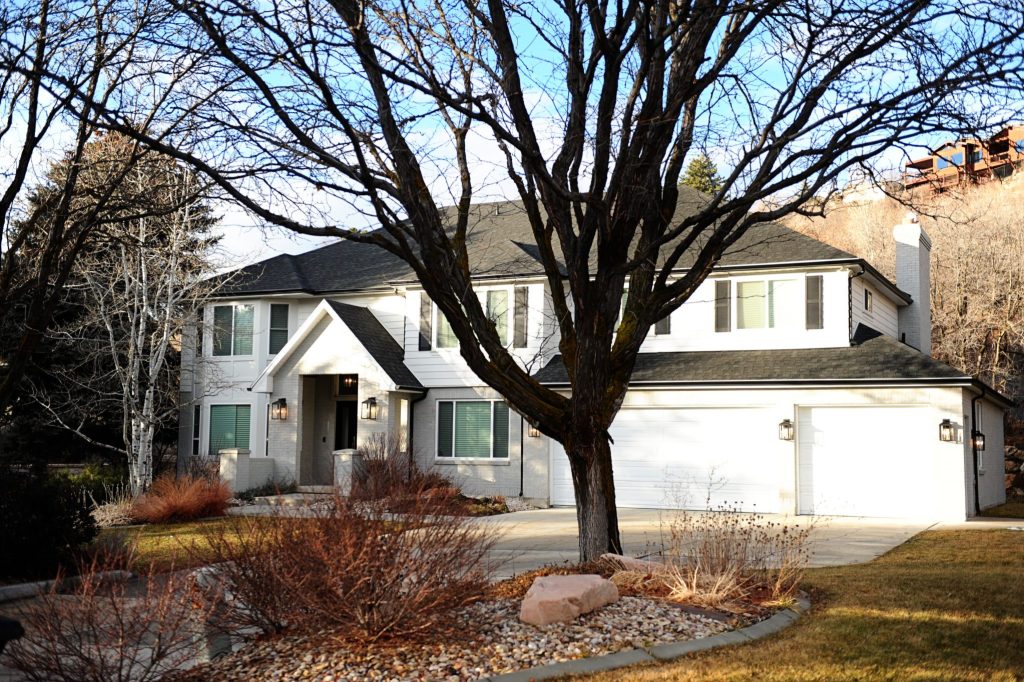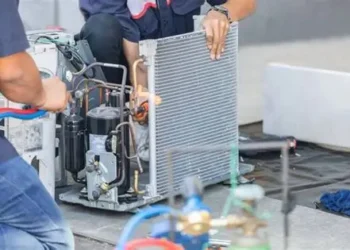Delve into the realm of affordable home siding options where creativity meets practicality. Uncover the secrets behind budget-friendly choices that enhance the beauty and value of your home.
Discover the versatility of different siding materials and their impact on your home's aesthetics and longevity.
Types of Affordable Home Siding Options
When it comes to affordable home siding options, there are several choices available that can fit different budgets and preferences. Let's explore five common types of affordable home siding options along with the materials used and their pros and cons in terms of cost and durability.
Vinyl Siding
Vinyl siding is a popular choice for homeowners looking for an affordable option. It is made from PVC (polyvinyl chloride) resin and is available in a wide range of colors and styles. The pros of vinyl siding include its low cost, easy maintenance, and durability against harsh weather conditions.
However, some cons are that it can crack or fade over time, and it may not be as environmentally friendly as other options.
Fiber Cement Siding
Fiber cement siding is another affordable option that is made from a mixture of cement, sand, and cellulose fibers. It is known for its durability, fire resistance, and low maintenance requirements. The pros of fiber cement siding include its longevity and resistance to rot and pests.
On the downside, it can be heavier to install and may require repainting over time.
Wood Siding
Wood siding, such as cedar or pine, is a classic choice for those seeking a natural look. It is relatively affordable and can add warmth and character to a home. The pros of wood siding include its aesthetic appeal and eco-friendliness.
However, wood siding requires regular maintenance, such as staining or painting, to prevent rot and decay.
Engineered Wood Siding
Engineered wood siding is a more cost-effective alternative to natural wood siding. It is made from wood fibers and resin, providing a similar look to wood but with added durability and resistance to moisture. The pros of engineered wood siding include its affordability and low maintenance.
However, it may not offer the same authenticity as real wood siding.
Aluminum Siding
Aluminum siding is a lightweight and affordable option for homeowners. It is known for its resistance to rust, fire, and insects. The pros of aluminum siding include its longevity and low maintenance requirements. On the downside, aluminum siding can dent easily and may not provide as much insulation as other materials.
Factors to Consider When Choosing Affordable Home Siding
When selecting affordable home siding options, homeowners should carefully consider several key factors to ensure they make the best decision for their specific needs and budget.Climate and Location:The climate and location of a home play a significant role in determining the most suitable siding material.
For instance, areas with high humidity levels may require siding that is resistant to moisture and mold growth. Similarly, homes in regions with extreme temperature variations may benefit from siding materials that offer good insulation properties to help regulate indoor temperatures.Maintenance Costs and Long-Term Durability:Another crucial factor to consider is the maintenance costs and long-term durability of the siding material.
While upfront costs are important, it is equally essential to factor in the ongoing maintenance expenses associated with different types of siding. Some materials may require regular painting or sealing, which can add up over time. On the other hand, durable siding options that require minimal maintenance can offer long-term cost savings and peace of mind to homeowners.
Impact of Material Quality on Affordability
When choosing affordable home siding, it is essential to balance the initial cost of the material with its quality and longevity. Opting for cheaper materials may save money upfront, but they could result in higher maintenance costs or the need for premature replacement.
Investing in higher-quality siding materials that offer better durability and require less maintenance can ultimately be more cost-effective in the long run.
Energy Efficiency and Insulation
Considering the energy efficiency and insulation properties of different siding materials can also impact the overall affordability of a home. Siding options that provide good insulation can help reduce heating and cooling costs, making them a more cost-effective choice in the long term.
Additionally, energy-efficient siding materials may qualify for tax credits or rebates, further enhancing their affordability
.
Aesthetics and Curb Appeal
While affordability is a crucial factor, homeowners should also consider the aesthetic appeal of the siding material and its impact on the overall curb appeal of their home. Choosing a siding option that enhances the visual appeal of the property can increase its value and make it more attractive to potential buyers in the future.
Balancing affordability with aesthetics can help homeowners achieve a beautiful and cost-effective exterior for their home.
Installation Process for Affordable Home Siding
Installing affordable home siding can be a manageable DIY project if you have the right tools and knowledge. However, hiring a professional contractor is also a viable option if you prefer to leave it to the experts.
General Steps for Installing Affordable Home Siding
- Prepare the Surface: Ensure the walls are clean, dry, and free of any debris before starting the installation.
- Measure and Cut: Accurately measure the dimensions of the siding panels and trim them to fit the specific areas of your home.
- Install Starter Strips: Begin by installing starter strips at the bottom of the wall to provide a base for the siding panels.
- Attach Siding Panels: Secure the siding panels to the wall using nails or screws, making sure to leave room for expansion and contraction.
- Add Trim and Accessories: Complete the look by adding trim pieces, corner posts, and other accessories to enhance the aesthetics of your home.
- Finish with Caulking and Painting: Seal any gaps with caulk and paint the siding according to your preferences for a polished finish.
Special Tools and Equipment Needed
- Vinyl siding cutter or saw for cutting panels accurately.
- Level and chalk line to ensure straight and even installation.
- Nail gun or screw gun for secure attachment of siding panels.
- Ladder or scaffolding for reaching higher areas of the exterior walls.
Tips for DIY Installation vs. Hiring a Professional
- DIY Installation: If you choose to install the siding yourself, make sure to carefully follow the manufacturer's instructions and take your time to ensure a proper installation.
- Hiring a Professional: Consider hiring a professional contractor if you lack the time, tools, or expertise to complete the installation yourself. A professional can ensure a faster and more efficient installation process.
Cost Comparison of Different Affordable Home Siding Options
When considering affordable home siding options, it is crucial to compare the upfront costs, average lifespan, and maintenance expenses associated with each material. The initial cost of siding can significantly impact the overall value of your home in the long run.
Vinyl Siding
Vinyl siding is one of the most affordable options, with an average upfront cost of $1 to $7 per square foot. It has a lifespan of 20 to 40 years and requires minimal maintenance, such as occasional cleaning with soap and water.
Fiber Cement Siding
Fiber cement siding is slightly more expensive, ranging from $5 to $12 per square foot. However, it offers a longer lifespan of 25 to 50 years and is resistant to fire, insects, and rot. Maintenance includes repainting every 10-15 years.
Engineered Wood Siding
Engineered wood siding falls in the mid-range in terms of cost, averaging $3 to $8 per square foot. It has a lifespan of 20 to 30 years and requires regular painting or staining every 5-10 years to maintain its appearance.
Aluminum Siding
Aluminum siding is another affordable option, with an upfront cost of $3 to $6 per square foot. It has a lifespan of 20 to 40 years and is resistant to rust and rot. Maintenance involves occasional cleaning and repainting every 5-10 years.
Overall Impact
While vinyl siding may have the lowest initial cost, it may not offer the same longevity or durability as fiber cement or engineered wood siding. Considering the maintenance expenses and average lifespan of each material is essential to determine the overall value and cost-effectiveness of your chosen siding option.
Ending Remarks
As we conclude our journey through affordable home siding options, remember that the right choice can transform your house into a welcoming sanctuary. Make an informed decision that suits your style and budget for a home that stands the test of time.
FAQ Guide
What are some common types of affordable home siding options?
Common types include vinyl, fiber cement, wood, metal, and engineered wood siding.
How does climate affect the choice of siding material?
Climate impacts the durability of siding materials, with certain types being more suitable for specific weather conditions.
Is DIY installation recommended for affordable home siding?
DIY installation is possible for some siding types but hiring a professional contractor ensures proper installation for long-term benefits.

